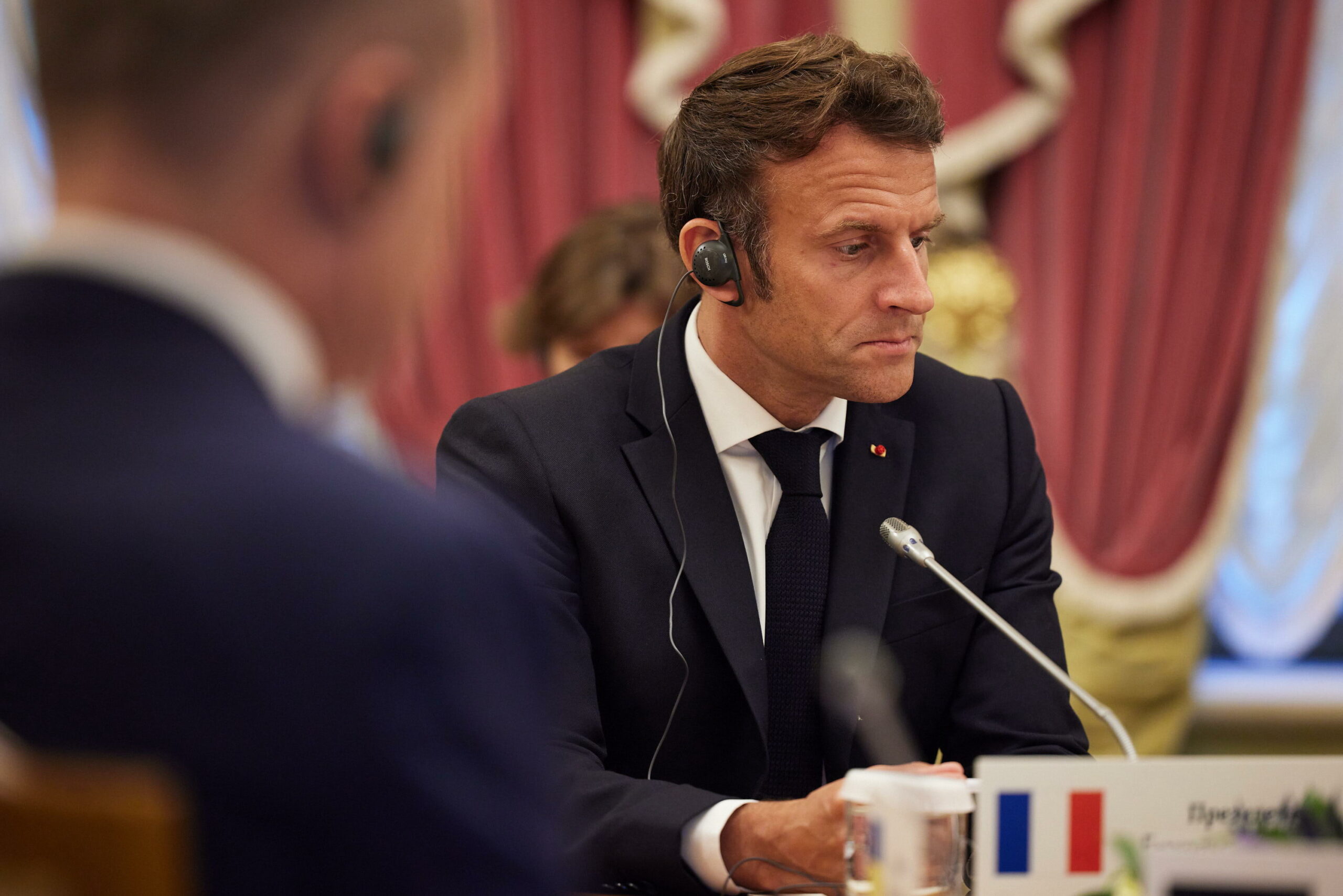Why the EU disappoints Macron on nuclear hydrogen

France would like the European Union to equate hydrogen from nuclear power to that from renewable sources, but Germany opposes it. At risk, perhaps, is the future of Spain's underwater hydrogen pipe. All the details
A dispute in Europe over the definition of "renewable hydrogen" could jeopardize the future of the H2Med project, the underwater gas pipeline for the transport of hydrogen from Spain to France, and then to Germany.
THE FACT ABOUT H2MED/BARMAR, IN BRIEF
Initially known as BarMar – the fusion of Barcelona and Marseille, the two locations touched by the infrastructure – the H2Med project also involves Portugal and Germany, which was added later. It could require a minimum construction time of five years, for an estimated cost of 2-3 billion euros.
THE COLORS OF HYDROGEN
Hydrogen is a fuel that does not release greenhouse gases other than water vapour, and which has the right characteristics to replace hydrocarbons in all those industrial applications (steel, cement, paper) and transport (planes, ships) responsible for large quantities of emissions and impossible to power with electricity, at least for the moment.
Hydrogen is classified by color according to the energy source used to generate it.
The "dirtiest" one from an emission point of view – as well as the most widespread and cheapest – is gray, obtained from a methane reforming reaction that releases emissions.
Then there is a type of hydrogen with a lower carbonic impact called blue: it is always obtained from the gas, but the emissions generated by the process are captured using specific technologies.
Finally, there are two types of "clean" hydrogen, i.e. produced from energy sources that do not release emissions: we are speaking specifically of green hydrogen if the "raw material" is the electricity produced by wind and solar plants; and purple hydrogen, finally, if it is obtained from nuclear power.
WHAT FRANCE WANTS, WHAT GERMANY WANTS
France would like hydrogen from nuclear power, given the absence of emissions in the production process, to be classified by the European Union in the same way as hydrogen from renewable sources, and contests its inclusion in the types of low-carbon hydrogen.
But Germany is pushing hard to prevent nuclear hydrogen from being considered green. Skepticism towards atomic energy is strong in the country, which will also be decommissioning its last three plants by mid-April.
WHAT THE EU SAYS ABOUT RENEWABLE HYDROGEN
The European Union is discussing a renewable energy directive (known as RED III) that will set targets for the use of hydrogen in the industrial and transport sectors. The negotiations will probably end next month, writes Bloomberg citing the French Ministry of Ecological Transition.
On Monday 13 February, the European Commission approved two delegated acts which establish the definition of renewable hydrogen valid at Community level. As the specialized portal Hydronews also points out, the Commission clearly states that "the proposed delegated acts derive from the directive on energy from renewable sources, which does not include nuclear power among renewable energy sources".
"In the package on hydrogen and decarbonisation of gas markets proposed in December 2021 and currently under negotiation between the co-legislators", continues the official text, "the Commission proposed to define low-carbon hydrogen as hydrogen obtained from non-renewable sources which during their entire life cycle produce greenhouse gas emissions at least 70% lower than those of fossil natural gas”.
THE PROBLEM OF FRANCE
Purple hydrogen, therefore, remains separate from green and classified as low-carbon .
This distinction is a problem for France, which gets most of its electricity from nuclear power and plans to use the plants to produce clean hydrogen as well. Germany, on the other hand, wants to get it from wind energy, while Spain mainly from photovoltaic parks.
THE NEGOTIATIONS ON H2MED
In January, French President Emmanuel Macron traveled to Barcelona to meet with Spanish Prime Minister Pedro Sánchez, and received German Chancellor Olaf Scholz in Paris. In addition to strengthening relations, the visits also served to discuss the H2Med/BarMar, and Macron indeed announced that the pipeline would be extended as far as Germany.
In a joint Franco-German declaration signed in January, it was stated that Paris and Berlin would undertake to ensure "that renewable and low-carbon hydrogen can be taken into account in the decarbonisation targets set at the European level". Bloomberg called it a minor diplomatic success for France, given Germany's strong resistance to nuclear power.
COUNTRIES PUSHING FOR NUCLEAR HYDROGEN
However, France is not the only one in the European Union to push for nuclear hydrogen. The French Minister of Ecological Transition sent the Commission a letter signed by her counterparts from Bulgaria, Czechia, Croatia, Hungary, Poland, Romania, Slovakia and Slovenia precisely to ask for more attention to purple hydrogen.
The letter states that the creation of hydrogen infrastructure "in a context in which the member states do not share the same vision on the production and use of hydrogen" may "not be the favorable context for transnational cooperation".
H2Med aims to carry about 10 percent of Europe's hydrogen needs by 2030. By that date, the Union has set itself the goal of producing 10 million tons of green fuel internally, and importing the same number.
– Read also: All the alliances for hydrogen from nuclear power
This is a machine translation from Italian language of a post published on Start Magazine at the URL https://www.startmag.it/economia/idrogeno-nucleare-gasdotto-francia-spagna/ on Wed, 15 Feb 2023 14:25:50 +0000.
